
If you’re a nature lover or outdoorsy type, you’re no stranger to toads and frogs. These adorable amphibians can be found in forests, ponds, creeks, and gardens all over the world.
Frogs and toads are not only fun wildlife to have in your yard, they’re invaluable in the garden. These beneficial creatures will absolutely improve your organic garden if you just invite them to stay!
Why do you want toads and frogs in your garden?
Toads and frogs are friends for your garden for many reasons, the biggest of which is pest control!
Having just one toad take up residence in your garden can significantly cut down on the number of harmful garden insects like grubs, slugs, and weevils, who love to eat your precious plants.
They can eat up to 1,000 insects in a single day, making them one of the best natural pest control options for your organic garden.
Another reason gardeners love seeing frogs and toads in the garden is that it’s a sign of environmental diversity, a positive sign from nature that they’re doing something right.
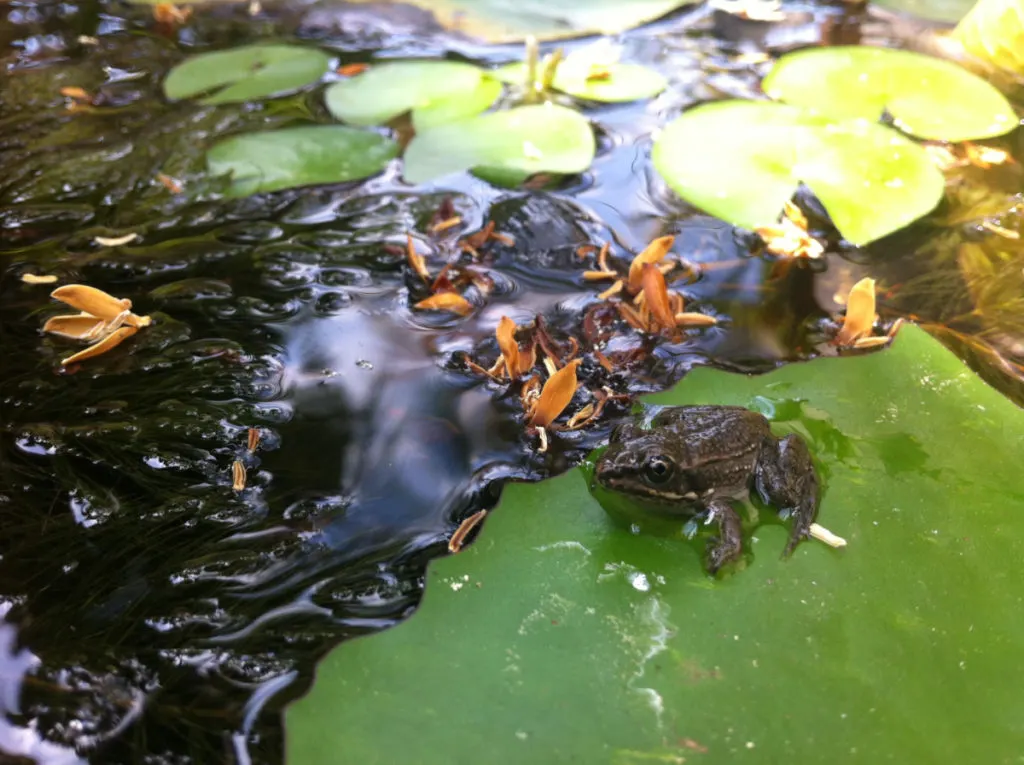
Frogs and toads only thrive in areas free from chemicals and full of plenty of insects and plants, so it’s a good sign from nature if your garden is full of these amphibians.
Now that we know why we want these amphibians in our garden, how do we actually attract them? There are many ways to make your garden attractive to frogs and toads, we’ll outline several methods below.
1. Provide a consistant water source
It’s no secret that amphibians love water, and they truly need it to survive. Unlike mammals, these creatures absorb water through their skin rather than drinking it. Toads and frogs also use water sources like ponds and creeks for breeding and laying eggs.
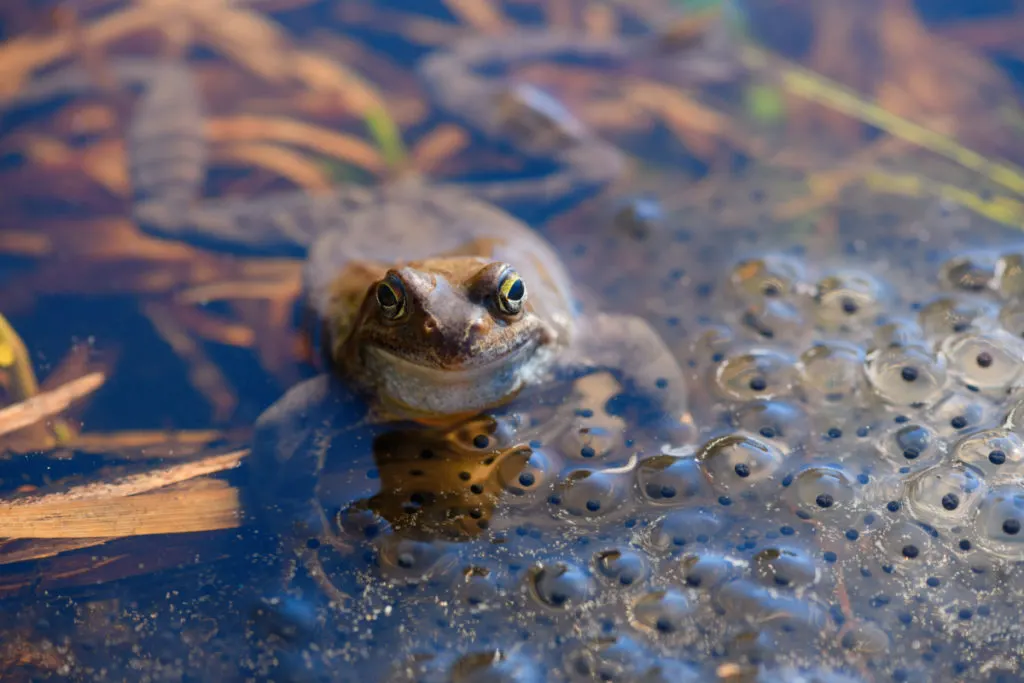
Adding a water source in or near your garden is sure to attract these garden-friendly creatures from all around.
Your water source can be simple or complex. At the very least, it’s a good idea to place a shallow container of water in or near the garden for toads and frogs to take a quick bath. Be sure to replace the water frequently to avoid bacteria buildup and mosquito larva from taking hold.

If you want to take it to the next level, you could build a small pond near the garden. A well maintained pond is guaranteed to attract amphibians, and will also play host to other lovely garden visitors like dragonflies, songbirds, and honeybees.
If you’re trying to decide if a pond or water feature is right for you, here’s another 13 Reasons to Install a Pond or Water Feature. You’d be surprised at the benefits.
2. Create shelters
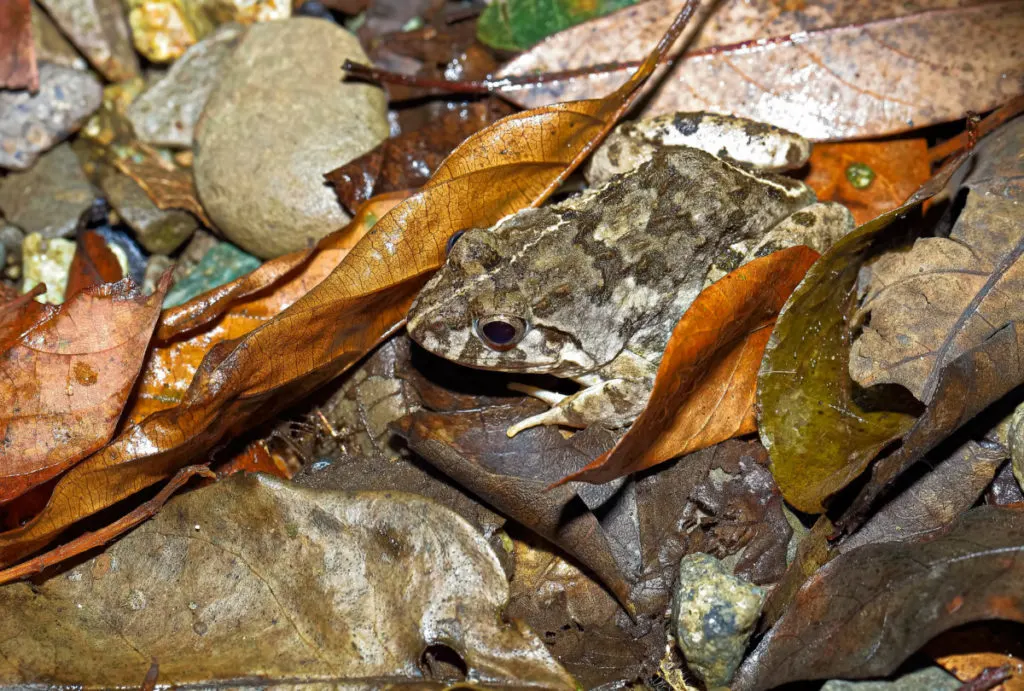
Toads and frogs have a lot of enemies out there in the wild. Everything from birds and snakes, to dogs and cats will kill these friendly amphibians if given the chance. Not only do toads and frogs need protection from predators, but they also need protection from the sun.
Amphibians can quickly die if directly exposed to the sun without access to water.
One of the best things you can do to make toads and frogs comfortable in your garden is to provide them with the shelter they need to stay safe and healthy. If you have a pond or water source in or near your garden, be sure to include lots of shelters within it for the frogs, including rocks, ledges, and aquatic plants.
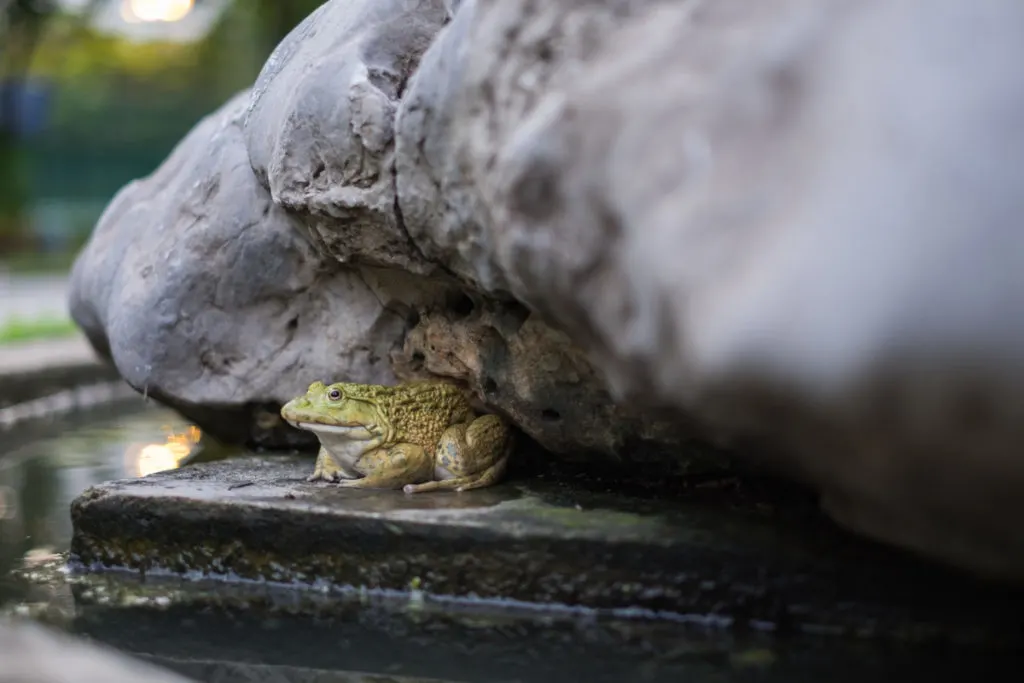
Inside the garden, consider building toad and frog shelters to make these creatures feel more at home. They naturally like to make their homes in piles of leaves and under rocks and logs, where they have protection as well as comfort.
The perfect toad house is shady, cool, moist, and offers protection on all sides from predators and the sun.
If you succeed in building a suitable home, toads will return to it year after year.
Toad houses can be built in just a few minutes with items you likely already have around the house. Upturned flower pots make great toad houses, just make sure there’s a way for them to easily get in and out. Propping the pot up on some flat rocks will achieve this, or drilling toad-sized holes in the pot will work well too.
Alternatively, you can turn the pot on its side and bury half of it in the soil. The floor of the toad house should always be soil, and adding some moist leaves will make for happy toads.
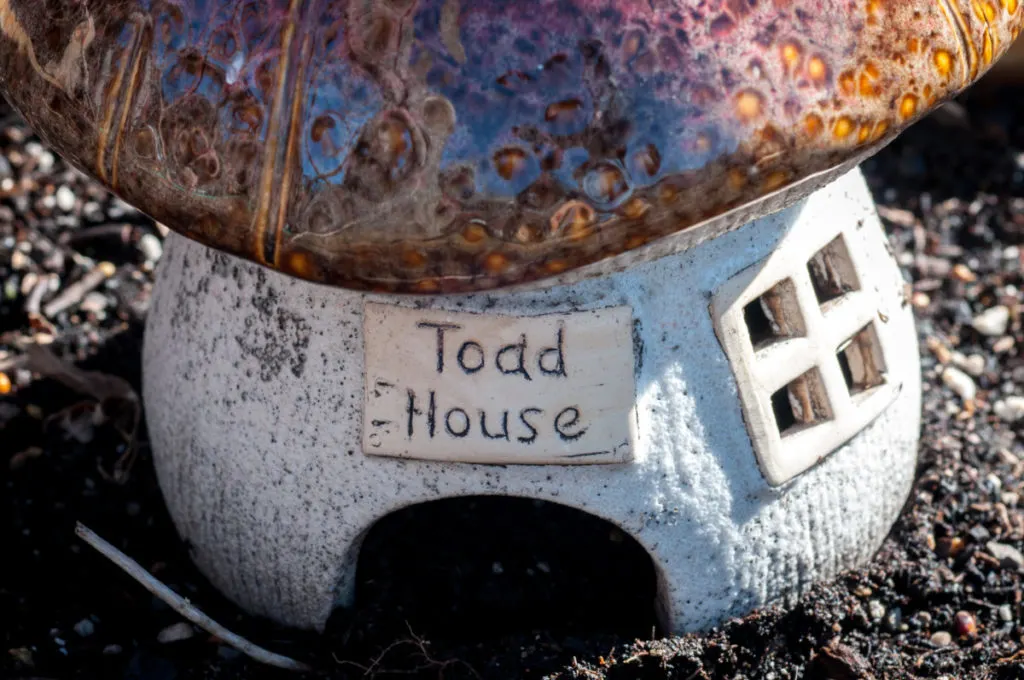
Place your toad house in a shady spot near or in the garden. If you’re able, place a shallow water reservoir nearby. A simple shallow dish or small birdbath on the ground will suffice.
If you aren’t the crafty type or you simply want something a bit more fun you can easily find beautiful toad houses on Amazon.
3. Provide food
This one shouldn’t be a problem at all, as it’s the main reason you want toads and frogs in your garden to begin with!
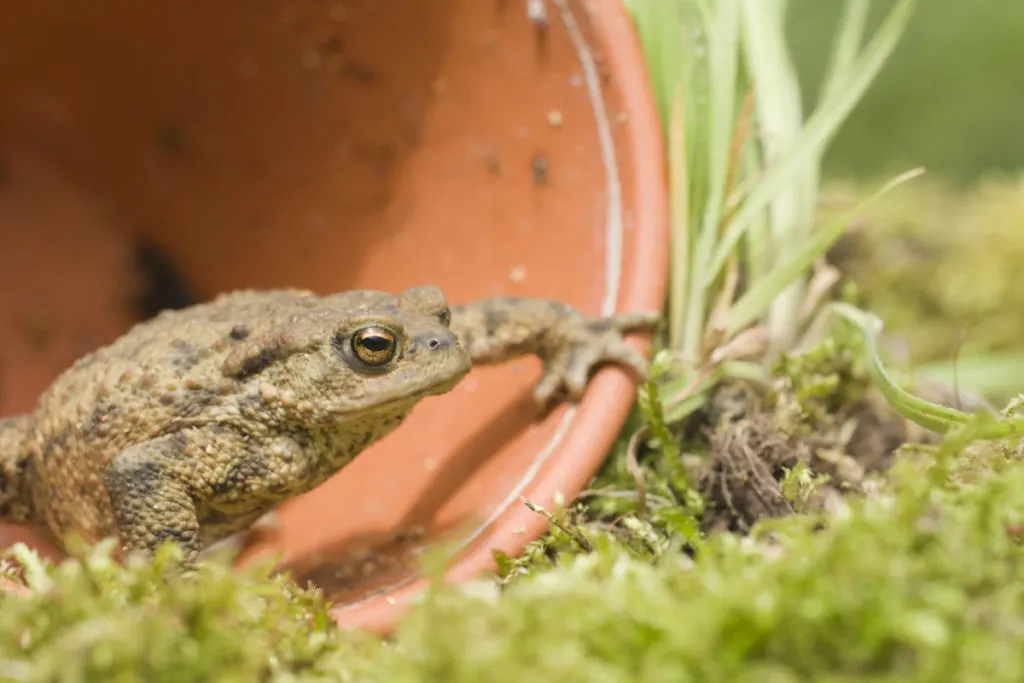
These amphibians love to live in areas where there’s plenty of grub. Frogs and toads love to feast on insects such as slugs, spiders, worms, grubs, flies, and more. These insects are often plentiful in your garden, as long as you’re not using pesticides, which brings us to the next point.
Another natural pest control method is to attract beneficial insects to your garden. This will also keep your amphibian friends happy.
4. Keep out chemicals
The use of chemical pesticides, herbicides, and fungicides in home gardens and lawns is truly decimating the wildlife and biodiversity of our planet. These poisons not only kill the weed or insect you’re targeting, but they also kill or cause damage to all the beneficial plants and animals too.
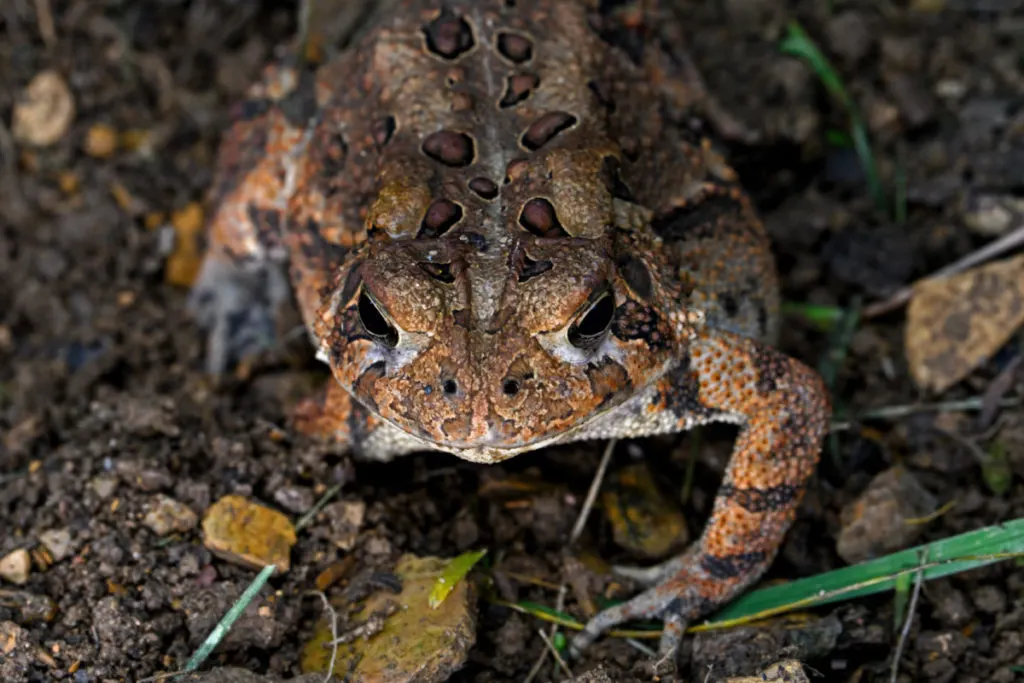
Some researchers say use of these common lawn and garden chemicals are causing significant global decline in amphibians, and can kill these animals within an hour of exposure.
Not only do these chemicals kill or disfigure the frogs and toads themselves, but they also kill off their natural food supply. Instead of using chemicals to kill insects, attract frogs and toads to your garden to do it for you!
Completely eliminating the use of pesticides, herbicides, and fungicides is one of the best things you can do to not only attract toads and frogs to your garden but to maintain biodiversity in your backyard.
Using organic gardening practices will ensure you’re growing a beautiful garden as well as taking good care of the environment.
5. Plant amphibian friendly plants
Toads and frogs generally don’t hang out on the lawn, they like to live amongst a variety of plants. These plants not only offer them shelter from the sun and predators, but they also attract insects for them to eat.
This one should be easy enough, as you’re already growing a garden, but if you really want toads and frogs to thrive in it, be sure to plant a variety of different crops. Tall plants are appealing for climbing frogs, and short plants with wide leaves are appealing for hiding. Having a wide variety of plants in your garden will make both the frogs and toads happy!
You may even wish to consider planting a few aquatic plants for toads and frogs to hang out in.
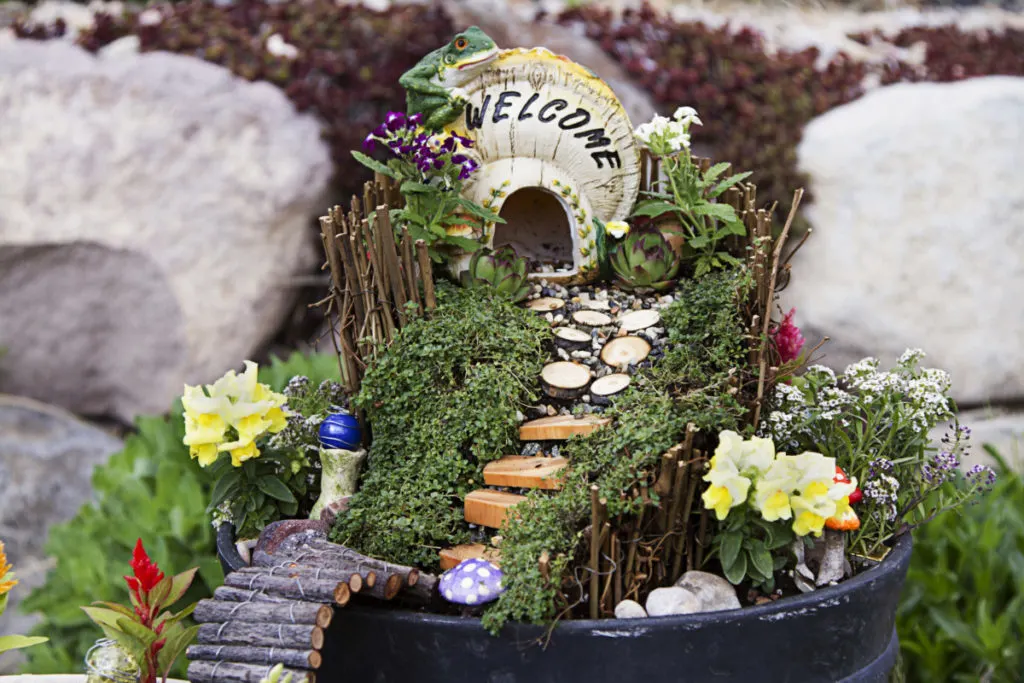
Using all of the methods above is sure to attract plenty of frogs and toads to your garden, which will not only make for more biodiversity, it will make for better pest-free crops too!

Get the famous Rural Sprout newsletter delivered to your inbox.
Including Sunday musings from our editor, Tracey, as well as “What’s Up Wednesday” our roundup of what’s in season and new article updates and alerts.

